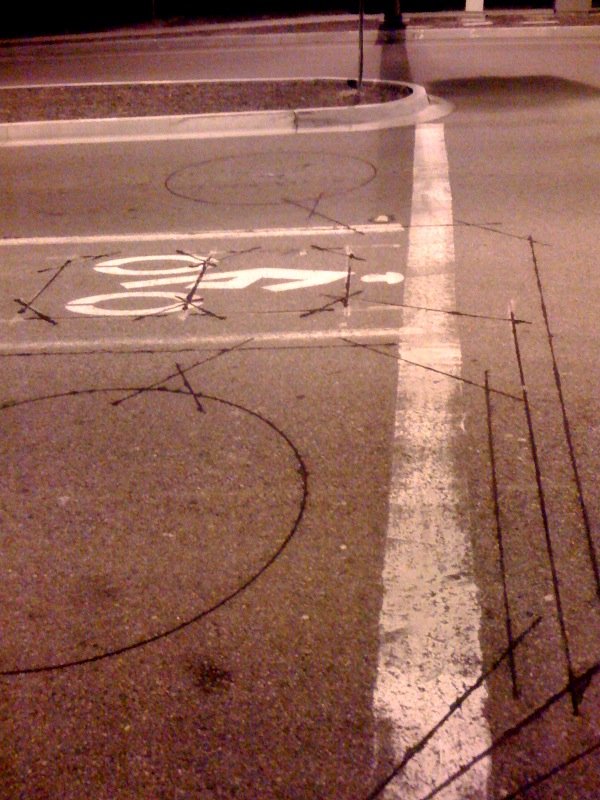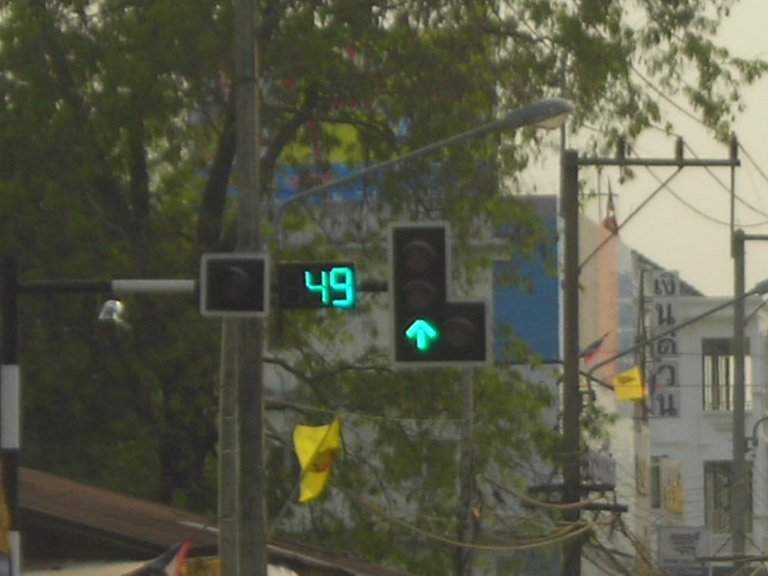Have you ever arrived at a traffic light late at night to find that your car is the only car waiting in the middle of an empty network of roads? Depending on the type of traffic light and vehicle you are driving, you may be able to force the light to turn green such that you don’t have to waste your time and wait for as long! Let’s find out how.
![]()
Traffic Lights
There are various types of traffic lights; especially as you look at them from country to country - but they all boil down to two main categories; fixed timer traffic lights and sensor traffic lights.
Fixed Timer Traffic Lights
As you can probably guess from the name, these types of traffic lights work on a fixed timer; for example, every 30 seconds [1]. Series of these traffic lights can follow a very specific algorithm such that networks of traffic lights can switch from green to red and visa-versa, in an orderly fashion, to keep traffic flowing smoothly. The ‘green wave’ is when timers of a series of traffic lights are synchronized, allowing them to turn green one after the other, so that cars can drive without having to stop constantly. Other lights can alter their timer algorithms; for example, if a pedestrian presses the button to cross the road. This type of traffic light is independent of whether a car is waiting at the lights or not. In this case, not much can be done to force the lights to go green, other than wait, which is where sensor traffic lights come into play.
Sensor Traffic Lights
Other traffic light systems use sensors to detect whether a car is waiting at a red light or not [2]. Electronics that power these sensory systems can be positioned above the ground, i.e. with the use of cameras, or underground with the use of induction loops [3].
Above the ground sensors
When a sensor is used above the ground in these types of traffic lights, it is usually the inexpensive camera that is found mounted near the lights for maximum vision of the road beneath. These cameras work by detecting the presence and/ or motion of cars. Traffic lights of these types tend to remain red until a sensor detects a vehicle, which then triggers an algorithm that turns the lights green.
Underground sensors
Underground sensors, also known as induction loops, are incredibly smart. This particular system is simply a big loop underground with electricity running through it. When electricity flows through a wire it induces a magnetic field. This is due to a phenomenon called electromagnetism [4]. When a conductive object passes through this magnetic field, such as your car, it causes a small current to flow through this car, called an eddy current. This in turn induces another magnetic field. This induced magnetic field in your car then affects the current running through the loop underground. The small change in the current is then detected by the traffic light system, meaning a car is waiting, causing the lights to turn green. To further understand this concept, please read this article that I have written as metal detectors work in the same way.

Figure 1: Image showing the grooves implying there is an underground induction loop sensor
How to trick the traffic lights
As mentioned before, there is nothing you can do at fixed timer lights other than wait; but at sensor traffic lights, there are a few things that may help them go green. If you spot a camera near the traffic light, you can adjust your car so that it is as close forward as you can get it to ensure the camera can clearly detect your car’s presence; otherwise, move ever so slightly to help this camera detect some motion of some sort. If you cannot see a camera, it could be an induction loop traffic light, meaning you can try a few more things; you can again try to slightly move your car to help the magnetic induction process to work. If you can see a circular groove in the floor at a traffic light, as shown in the image above, try to place your car in the middle of it!
If you have any questions, leave them below and until next time, take care.
~ Mystifact
References:
[1]: http://www.tech-faq.com/how-do-traffic-lights-work.html
[2]: http://www.automatesystems.co.uk/how-traffic-light-sensors-work/
[3]: https://en.wikipedia.org/wiki/Induction_loop
[4]: https://www.britannica.com/science/electromagnetism
Please note; no copyright infringement is intended. All images used have been labelled for re-use on Google Images. If any artist or designer has any issues with any of the content used in this article, please don’t hesitate to contact me to correct the issue.
Relevant articles:
Why Can't We Charge Our Phones INSTANTLY?
Will Teleportation Ever Be Possible?
What are Quantum Computers?
Previous articles:
Where Does Burnt Fat Go?
How Do Touchscreens Work?
What Colour is a Mirror?
Follow me on: Facebook, Twitter and Instagram, and be sure to subscribe to my website!

Nic post
useful article . nice educative post. but in our country still they use fixed timer traffic lights
It varies from country to country. Unfortunately, you will have to be waiting for the timer to finish - there's nothing you can do!
In Australia there is a combination of fixed and 'adaptive' traffic signal controllers being used. I have been told by traffic engineers about this before but have never tried it myself.
I wonder if you can also get out of the car and press the pedestrian button to help speed up the change in the traffic signal...
I have always thought that myself when at a traffic light. The only problem is if the lights you're waiting at turn green and you're not back in your car by then!